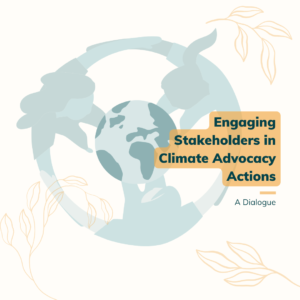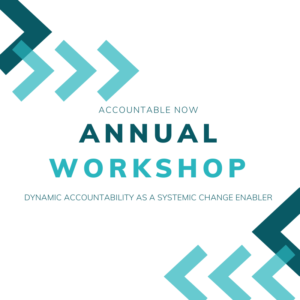Inclusion is key to delivering on our human rights based approach. Actively including those who are potentially marginalised due to age, gender, ethnicity, race etc. will strengthen their rights and empower them to speak for themselves. Amnesty International stresses that inclusion is key to their human rights focus.
Charter reporting shows that most organisations restrict their focus to gender and geographical representation when addressing diversity. Other criteria to look for should include sex, disability, race, pregnancy, marital status, health status, ethnic or social origin, colour, religion, belief, culture, dress, sexual orientation, access to (digital) information, language or birth. We also constantly need to be mindful of newly emerging reasons for exclusion.
While there is great commitment to inclusion on paper, most CSOs do not live up to their promises in practice. They conduct surveys and collect data on diversity, but fall short of meaningfully integrating people from marginalised groups in the design, implementation and evaluation of their work. Similarly, these groups are underrepresented in CSO governance bodies.
Check out the summary of the webinar, the presentations of Wambui and CBM, as well as CBM’s guide “Inclusion made easy”.





Accountable Now is a global membership platform. We support our members – and civil society at large – to be more transparent, responsive, impact-focused, and locally led. Interested in becoming a member?
Accountable Now is a member of Accountability Lab’s global translocal network.